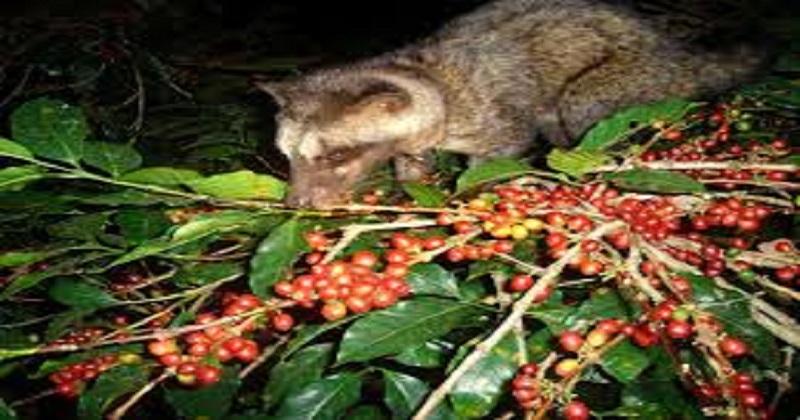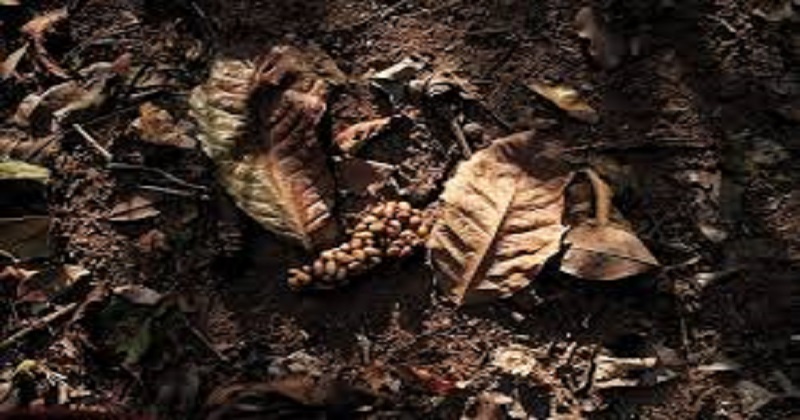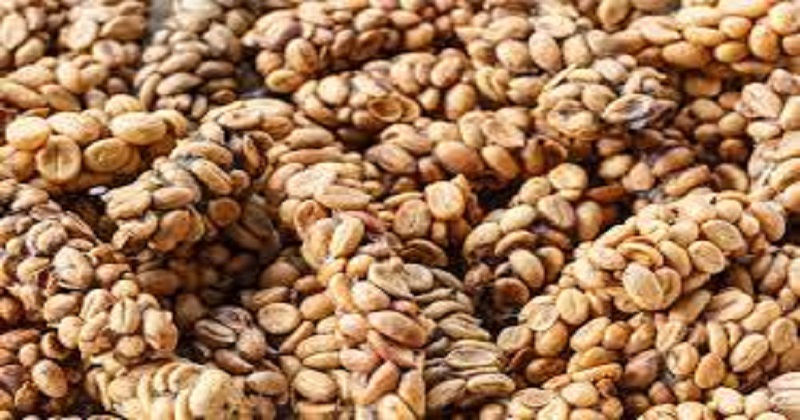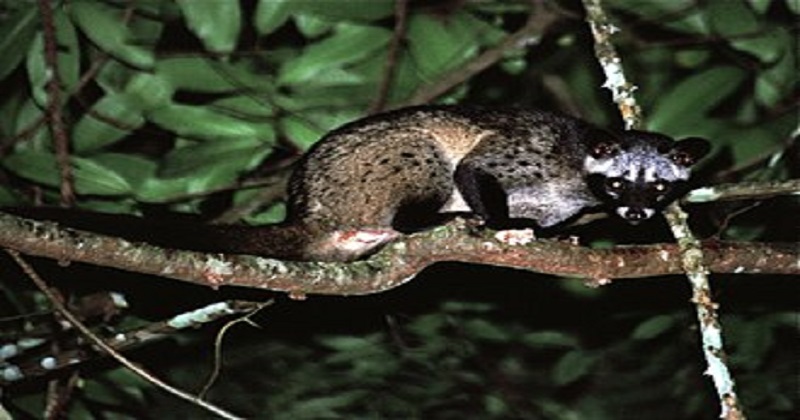
Kopi Luwak is the most expensive coffee in the world. The uncommon production method and the unique taste make it the most expensive coffee. It is produced mainly on the Indonesian islands of Sumatra, Java, Bali, Sulawesi, and East Timor.
It is made from coffee beans that are partially digested and defecated by a small wild animal called Palm Civet or Civet Cat. In Indonesia, these animals are known as Luwak. Kopi Luwak is also called civet coffee.

The Palm Civet eats the ripest and flawless coffee cherries. The cherries are subjected to a combination of acidic, enzymatic, and fermentation treatment as they pass through a civet’s intestines. Their digestive enzymes change the structure of proteins in the coffee beans and alter the composition of amino acids. This removes some of the bitterness and acidity from the coffee and makes it smoother. The process also enhances the flavour and aroma of the coffee. Traditionally, coffee beans defecated by wild palm civets that roam free in coffee plantations and forests are collected. They are washed thoroughly, dried, sorted and then finally roasted.


As the demand for Kopi Luwak increased, many people resorted to caged production methods. In this method, caged civets are fed with coffee cherries. There is a difference in quality between these two coffee beans. The wild civet doesn’t eat inferior cherries. So the beans that are collected from the feces of wild civets are of superior quality. Caged civets do not select the berries themselves. They eat what they are given and so the coffee beans thus produced are inferior in quality.
Read Also :- Perfect batting by elephant: See what Sehwag and Michael Vaughan had to say about this video
Kopi Luwak is aromatic, smooth, and delicious. This is why it is very popular despite its exorbitant price. The traditional Kopi Luwak costs $1300 per kg, whereas the coffee beans collected from captive civets cost $100 per kg.

The Asian palm civet is a nocturnal animal, greyish in colour. It has a long tail, a narrow dark line between the eyes, and three rows of black markings in its body. It is an omnivore. It eats berries, pulpy fruits as well as small mammals and insects. They are listed in the IUCN Red List of threatened species. The International Union for Conservation of Nature (IUCN) is an international organization working in the field of nature conservation and sustainable use of natural resources.


Post Your Comments